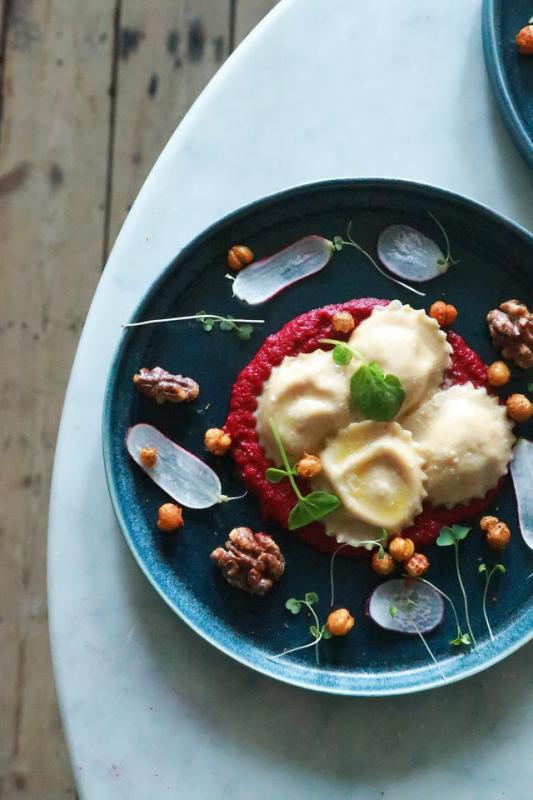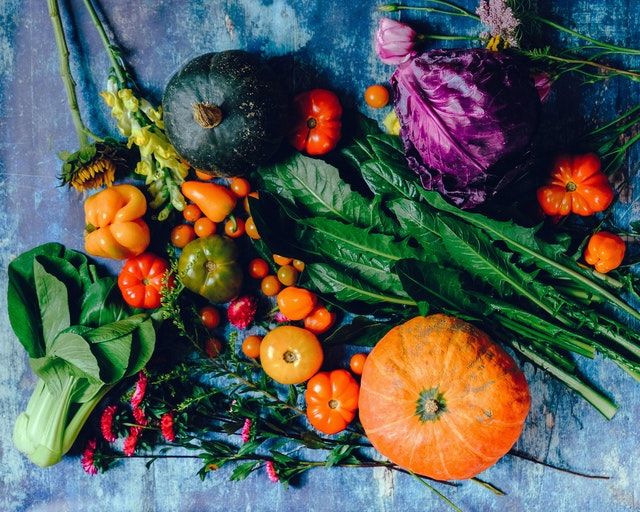Introduction

Photo by Geraud pfeiffer on Pexels
One of the trends in pop-up restaurants is a limited offer combined with high-quality products. Or in other words, eating everyday food in ordinary restaurants, but enjoying excellent food in an extraordinary location. It is a challenge for the entrepreneur – but let’s go for it!
Task

Photo by Ella Olsson von Pexels
No doubt - the food served in your Popup Restaurant will be excellent. However, there is a variety of options on how to get there.
Many factors will have impact on what and how you are going the serve your products :
- type of location
- availability of operating and cold storage rooms, transportation logistics, storage capacity
- food trends, customer preferences
- availability of raw products, season
- staff availability and staff skills
- budget
Whether you will open a trendy one-meal-restaurant or have your food truck offering healthy but tasty snacks, be prepared for the challenge on the free market.
You have the task
- to explore new food and location trends
- to self-assess your interest and knowledge on certain trends
- to decide for an overarching theme or trend on which your popup restaurant vision will be built
- to calculate your capacities (e.g. staff, kitchen appliances, storage, waste, costs)
Process
Creating a popup restaurant vision and calculating the capacities for it is not an easy task. Follow the steps given in the process document and you will be guided through.
In the resources section you will find the document called ‘Process: Food’ to start with in order find your food offers.
Once again go to the resources section and find the document called ‘Process: Calculation’. It will help you to understand the criteria for planning your food offers with a Case Study involving the calculation for healthy veggie samosas.
Also follow the website links and videos that will help you to understand more about options and trends for popup restaurants.
Conclusion
Find out which food trends your guests like best, calculate your purchases, rents, staff costs and prices on a reasonable basis and succeed with your pop-up restaurant.
But don't rest on your laurels, because trends are very fast-moving in today's world. What was "trendy" yesterday can be old hat tomorrow. Review your pop-up restaurant concept regularly and take countermeasures in good time if social or fashion trends change.
Learning Outcomes
- 1.2) I can identify opportunities to solve problems in alternative ways.
- 1.3) I can explain that different groups may have different needs.
- 1.6) I can experiment with different techniques to generate alternative solutions to problems, using available resources in an effective way.
- 1.11) I can explain what a vision is and what purpose it serves.
- 1.15) I can apply ethical thinking to consumption and production processes.
- 1.16) I can identify practices that are not sustainable and their implications for the environment.
- 1.17) I can identify the impact that taking up opportunities will have on me and my team, on the target group and on the surrounding community.
- 2.2) I can judge my strengths and weaknesses and those of others in relation to opportunities for creating value.
- 2.10) I can experiment with different combinations of resources to turn my ideas into action.
- 2.11) I can discuss the principles of circular economy and resource efficiency.
- 2.15) I can draw up a budget for a value-creating activity.
- 3.2) I can initiate simple value-creating activities.
- 3.5) I can create an action plan which identifies the necessary steps to achieve my goals.
- 3.9) I can change my plans based on the needs of my team. I can adapt my plans to achieve my goals in light of changes that are outside
- 3.12) I can critically evaluate the risks associated with an idea that creates value, taking into account a variety of factors.


















